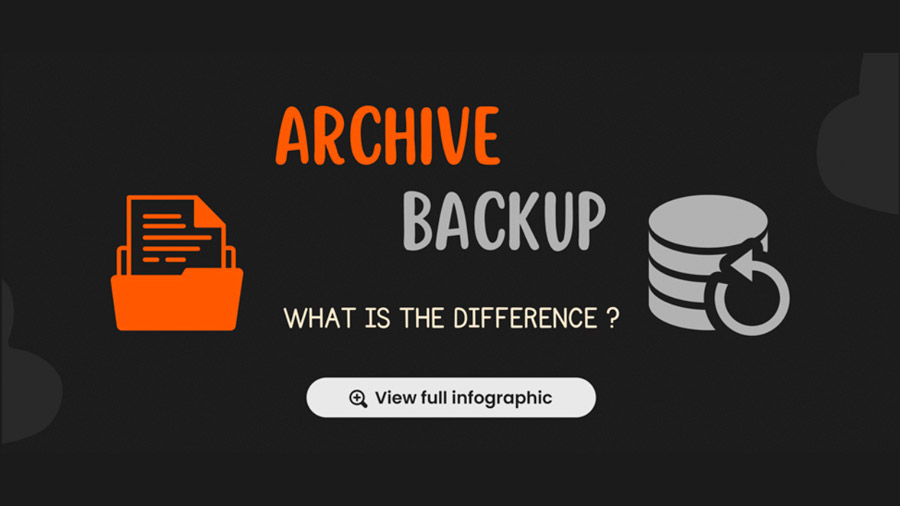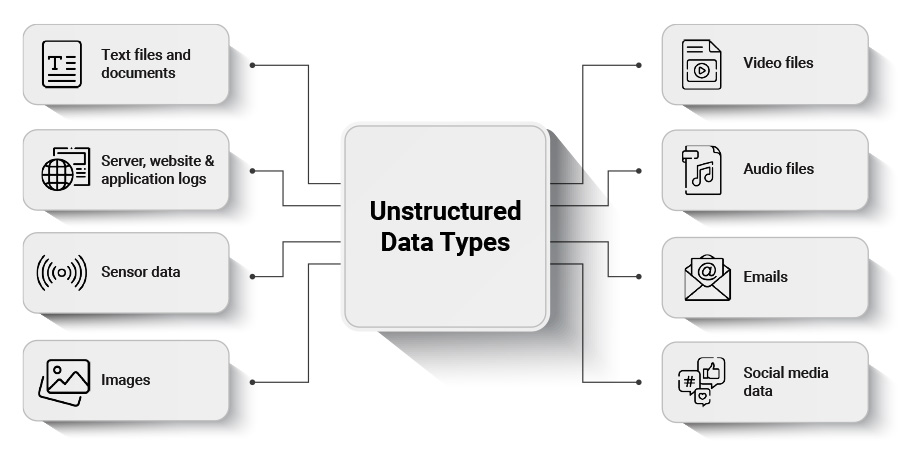SAP Active Archiving: Improve SAP System Performance and Reduce Maintenance Costs with SAP ILM
Learn how SAP Archiving can help manage data growth, improve overall system performance and reduce costs.
The widespread adoption of SAP solutions within enterprises has led to exponential growth in data. But if left unchecked, this unmitigated data influx will stretch SAP system resources thin and degrade system performance, resulting in a loss of productivity and frustrated business users. Overcoming these issues requires prioritizing information lifecycle management (ILM). (more)
SAP Application Retirement and Decommissioning: What Your Business Needs To Know
Your guide to SAP application retirement and decommissioning. Here are the best data retention strategies and what to consider.
Information technology has progressed by leaps and bounds over the last decade, and organizations have been modernizing their IT landscapes to keep pace. But this ongoing transformation has left many of these organizations dealing with rigid legacy applications—full of historic yet valuable data—while navigating a new digital landscape.(more)
Mainframe Modernization: Why Do You Need It? And How Can Archiving Legacy Mainframe Applications Help?
The advancements in cloud, web technologies, and application architectures have ushered in a new era focused on the end users—the decentralized potential of this new computing technology advances us leaps and bounds beyond the capabilities of archaic legacy mainframe applications. But despite this, mainframe computing persists to this day. In fact, one recent IBM survey found 71% of executives say mainframe-based applications are central to their business strategy. (more)
Optimize migration to SAP S/4HANA with SAP Archiving
SAP’s new enterprise resource planning (ERP) solution, SAP S/4 HANA, brings many enhanced features and faster computing capabilities. SAP S/4 HANA uses the robust in-memory SAP database HANA. It is considered the digital core for connecting enterprises with people, business networks, the Internet of things (IoT), and big data. It also enables organizations to make business decisions informed by real-time insights, machine learning, IoT scenarios, and predictive computing. It also allows for a more comprehensive array of deployment options, including on-premises, public cloud, private cloud, hosted cloud, and hybrid environments. (more)
File Archiving Unpacked: Simply Automate and Maximize the Benefits
Unstructured data (Documents, PDFs, PPTs, text files, social media data, etc.) is growing at an unprecedented rate. As per a report published by IDC in 2021, enterprises have an average of 71PB of file storage in on-premises locations and over 91PB of it in public cloud locations. It, therefore, stands to reason that file archiving strategy is of the utmost importance for any organization to consider today. (more)
Backup vs. Archiving: Understand the difference
Many IT professionals consider Backup and Archive the same and frequently use one instead of the other. But in reality, they are entirely different and have diverse and essential purposes. Hence, it is crucial to understand what they are and their differences. (more)
What is File Archiving?
File archiving is the practice of identifying and storing static/inactive files in low-cost, long-term secondary storage for future business, legal, or compliance purposes. Sometimes also referred to as Unstructured Data Archiving, File archiving has become crucial for organizations since, according to Gartner, unstructured data represents an astounding 80 to 90% of all new enterprise data, and it’s growing 3X. (more)







